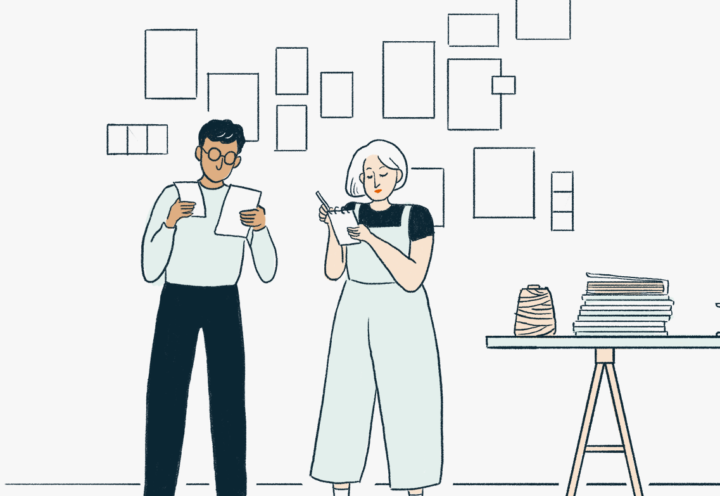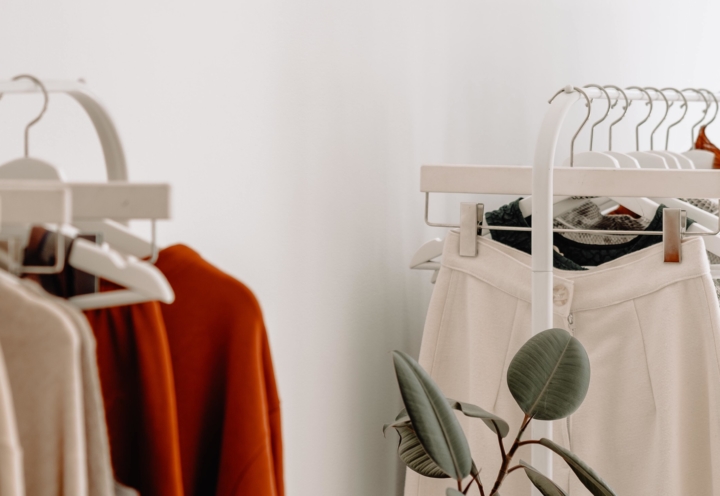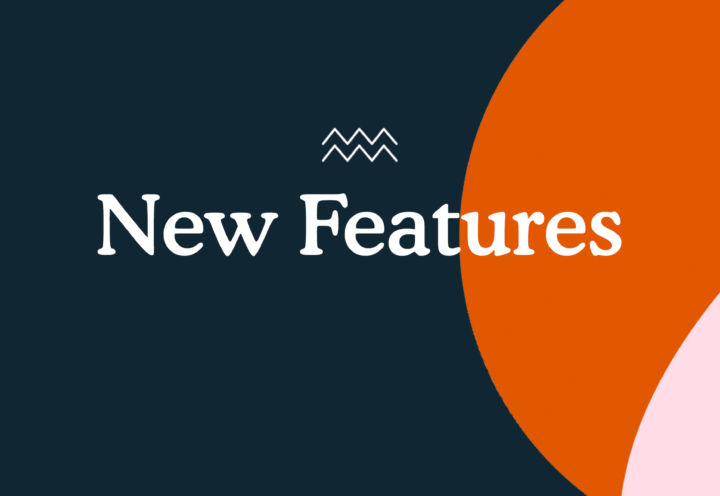Leather has been around since the beginning of mankind. Hunting animals and using their skins has been part of all cultures throughout human history due to its durability, accessibility, and variety of uses. Although cow leather is the most commonly known and used type of leather, leather is classified as the skin of any animal. The term hide is used to describe larger animals like cowhide or horsehide, and skin refers to smaller animals like kidskin.
Prices of leather and leather products vary drastically based on different factors such as the breed of animal, where and how the animal was raised, what part of the skin and type of dyeing is used, and amount of craftsmanship involved.
Leather has the versatility to be dyed to a range of colours and also be embossed and stamped with different textures, effects, and patterns. While leather is sourced from all areas of the world and from a variety of animals, over half of the world’s raw leather is supplied from developing countries in Asia, Africa and South America. China is the leading country for buying and processing leather, as well as producing and exporting footwear.
Grades in leather
Full grain
Comes from the top layer of the animal and shows the animal’s natural grain. It is the most robust and expensive leather on the market and develops a patina as it ages.
Top grain
This is the second grade of available leather and is mainly used in premium, luxury products. The top layer of the skin is split away to remove any imperfections and to make the leather smoother and more flexible while still remaining durable.
Corrected grain
Split leather is the layer that remains once the top part of the skin is removed. This leather tends to be rougher than full or top grain leather and is used for applications that don’t require as much suppleness.
Bonded
The is the most inexpensive leather option available and is created with the offcuts and shavings of the hide. The left-overs are bonded together with PU or latex on a fibre sheet and then treated to mimic the appearance of leather.
Although leather is our core focus, we have also entered the non-leather segment. We are now working with products made from newly developed eco-friendly and organic materials, including coconut and wood pulp vegan leather.
Further resources
- Want to learn more about the types of leather, environmental impacts to consider when designing with leather and other key facts and figures? Download our free Leather Guide
- To learn more from our leather manufacturing partner in South India, and what he’s learnt from his vast experience, read our interview with him or view his manufacturer profile.
- Want to explore sustainable alternatives to leather? Download our free Leather Alternatives Guide that rounds up the most promising faux leather options in the market.




